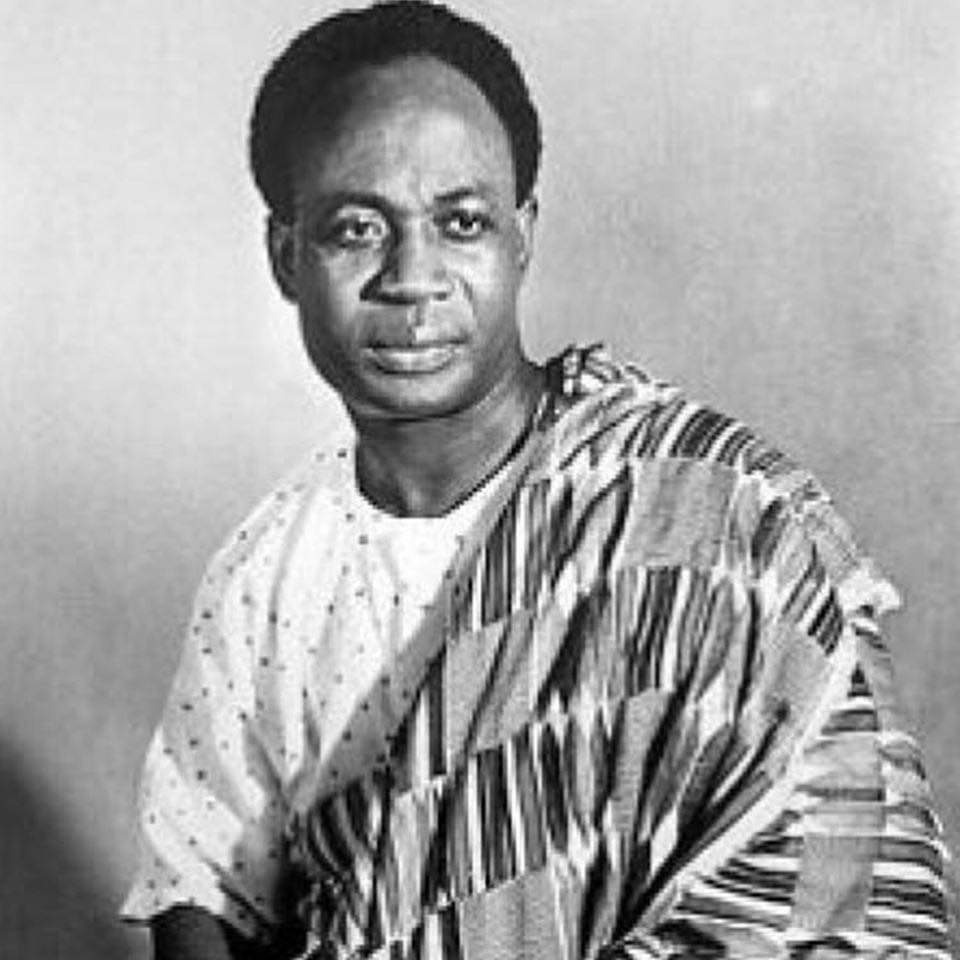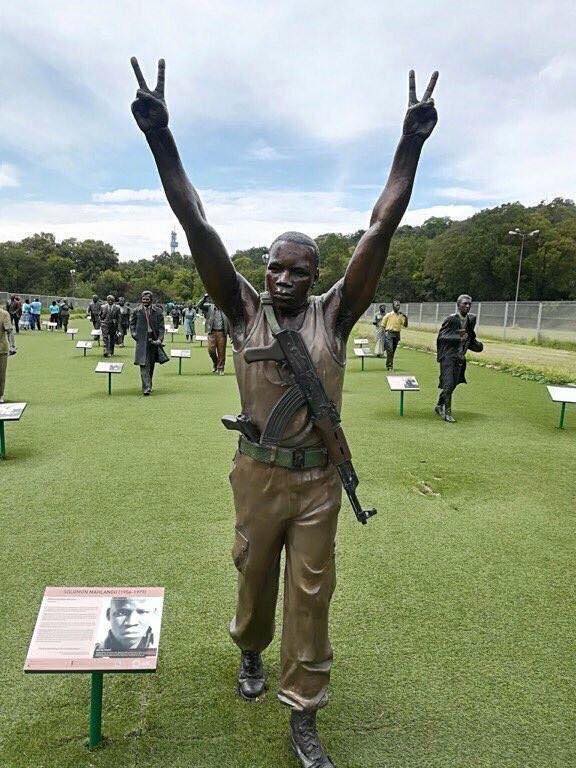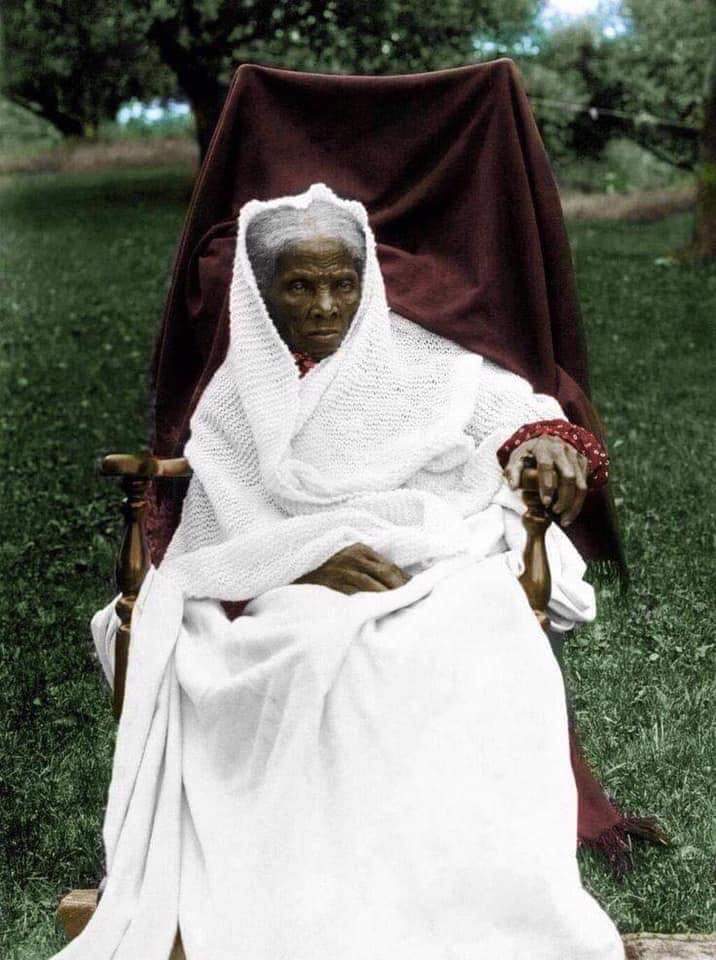“What we need is confidence in ourselves, so that as Africans we can be conscious, united, independent and creative. Knowledge of African achievements in art, education, religion, politics, agriculture, medicine, science and the mining of metals can help us gain the necessary confidence which has been removed by slavery and colonialism.”
Walter Rodney
HOGAN'S ALLEY AND FOUNTAIN CHAPEL
Remembering the historical significance of Strathcona, Fountain Chapel and Hogan’s Alley.
DIASPORA INITIATIVE
At AGL we successfully engage our partners and stakeholders, get to know them, foster a good understanding of their background…
Celebrating African Heritage with Kwanza and Black History month to recognize, promote and celebrate African Cultural Heritage.
UNDERGROUND RAILWAY
A secret network of aboliontists. Helping people to escape enslavement.
HOGAN'S ALLEY
 A 1957 study by the City ofVancouver Planning Department described the black population of Strathcona as such: “The Negro population, while numerically small, is probably a large proportion of the total negro population of Vancouver. Their choice of this area is partly the proximity to the railroads where many of them were employed, partly its cheapness and partly the fact that it is traditionally the home of many non-white groups.” 2016 Africa Great Lakes Networking Foundation with other African-black peoples local and international organizations have planned to Celebrate the 100 years of Fountain Chapel Vancouver, with different activities that will see people from all walks of life participate.
A 1957 study by the City ofVancouver Planning Department described the black population of Strathcona as such: “The Negro population, while numerically small, is probably a large proportion of the total negro population of Vancouver. Their choice of this area is partly the proximity to the railroads where many of them were employed, partly its cheapness and partly the fact that it is traditionally the home of many non-white groups.” 2016 Africa Great Lakes Networking Foundation with other African-black peoples local and international organizations have planned to Celebrate the 100 years of Fountain Chapel Vancouver, with different activities that will see people from all walks of life participate.
Hogan’s Alley was the local, unofficial name for Park Lane, and alley that ran through the southwestern corner of Strathcona in Vancouver, British Columbia during the first six decades of the twentieth century. It ran between Union and Prior Street from approximately Main Street to Jackson Avenue. While Hogan’s Alley and the surrounding area was an ethnically diverse neighbourhood during this era, a home to many Italian, Chinese and Japanese Canadians, a number of black families, black businesses, and the city’s only black Church,  the African Methodist Episcopal Fountain Chapel, were located here. As such Hogan’s Alley was the first and last neighbourhood in Vancouver with a substantial concentrated black population. A possible reason these families settled there was that of the close proximity to the train stations since sleeping care porters were predominantly black men.
the African Methodist Episcopal Fountain Chapel, were located here. As such Hogan’s Alley was the first and last neighbourhood in Vancouver with a substantial concentrated black population. A possible reason these families settled there was that of the close proximity to the train stations since sleeping care porters were predominantly black men.
Close to BC’s oldest residential and truly unique neighbourhood lays the local chapter of the African Methodist Episcopal Church (AME) also known as Fountain Chapel located at 823 Jackson Avenue from 1918 until 1985. The AME was co-founded by Nora Hendrix (grandmother of guitarist Jimi Hendrix) to serve Vancouver’s black community. Prior to the establishment of the Fountain Chapel, black Christians held services in rented halls around town, and eventually, a small group decided they should have a permanent church of their own. They set out to raise funds for the project and arranged for the AME to match the amount reside locally. Once financing was secured, , they purchased the building on Jackson Avenue that was built in 1910 and had served as a Lutheran Church for German and Scandinavian immigrants.
 The AME is a well established Christian denomination that was founded in 1816 by African Americans in response to the racism they encountered in non-segregated churches, AME was an important institution for black opposition to antebellum slavery and anti-black racism generally.
The AME is a well established Christian denomination that was founded in 1816 by African Americans in response to the racism they encountered in non-segregated churches, AME was an important institution for black opposition to antebellum slavery and anti-black racism generally.
AFRICAN DIASPORA
At AGL we successfully engage our partners and stakehol ders, get to know them, foster a good understanding of their background, sharing their experiences, personalities, and the use of preferred communications tools (as: face-to-face, phone calls, and a simple drop of an email). Understanding each and every stakeholder, influences our projects, knowing these factors which help us create plans to promote cooperation and engagement towards our project objective. We strive to ensure that the needs for all our annual events and our stakeholders are indeed doable and delivered. In some cases the stakeholder(s) are a small segment of a large enterprise, satisfying the needs on solutions that work for the social enterprise. We dig into our own projects and become master of what our scopes statements, deliverable, milestones, and all the details in our projects are, we organize communities, recognize their involvements, engagement and participation, we listen on their feedback, explain to them why we are in their communities, create platforms for their needs/voices to be heard, we lean from them how to do it better with them on the decisions making table, respecting what they do for GLBC. This collaborative approach makes everyone feel included, useful, with a sense of belonging and as part of the solution. In any discussion, communication or and conversation we listen to what communities ask of us or tell us before project/program/activities/events implementations or initiatives, using past experiences or current projects data.
ders, get to know them, foster a good understanding of their background, sharing their experiences, personalities, and the use of preferred communications tools (as: face-to-face, phone calls, and a simple drop of an email). Understanding each and every stakeholder, influences our projects, knowing these factors which help us create plans to promote cooperation and engagement towards our project objective. We strive to ensure that the needs for all our annual events and our stakeholders are indeed doable and delivered. In some cases the stakeholder(s) are a small segment of a large enterprise, satisfying the needs on solutions that work for the social enterprise. We dig into our own projects and become master of what our scopes statements, deliverable, milestones, and all the details in our projects are, we organize communities, recognize their involvements, engagement and participation, we listen on their feedback, explain to them why we are in their communities, create platforms for their needs/voices to be heard, we lean from them how to do it better with them on the decisions making table, respecting what they do for GLBC. This collaborative approach makes everyone feel included, useful, with a sense of belonging and as part of the solution. In any discussion, communication or and conversation we listen to what communities ask of us or tell us before project/program/activities/events implementations or initiatives, using past experiences or current projects data.
AFRICAN HISTORY
Celebrating African Heritage with Kwanza and Black Haritage help us to recognize, promote and celebrate African Cultural Heritage, traditional values, customs, belies, family, community and culture. At GLBC we focus on educating our children to appreciate the richness of their African History, and culture to help counter the negative racial stereotypes and institutional racism that has been seen first-hand. The African history and Kwanza events help to put the focus on the positive aspects of African culture rather than negative interactions. “kids appreciating mom’s side and dad’s side and not to thinking that one is better than the other,” children learning about Kwanza so they can grasp their ability to overcome lasting legacies of racism that is still visible in disparities in income, health, housing and other measures and to make sure they are connected to their history, cultures and ethnicity.” To celebrate family, community and our Afrikan culture and languages





The Many Myths of Slaves and the Underground Railroads

The Underground Railroad was a secret network of abolitionists (people who wanted to abolish slavery). They helped African Americans escape from enslavement in the American South to free Northern states or to Canada. The Underground Railroad was the largest anti-slavery freedom movement in North America. It brought between 30,000 and 40,000 fugitives to British North America (now Canada). This is the full-length entry about the Underground Railroad. For a plain language summary, please see The Underground Railroad (Plain-Language Summary). Esclaves fugitifs au Canada, 1860 Fugitive Slaves in Canada, 1860 (courtesy Library and Archives Canada/e000755353) Origins. A provision in the 1793 Act to Limit Slavery stated that any enslaved person who reached Upper Canada became free upon arrival. This
encouraged a small number of enslaved African Americans in search of freedom to enter Canada, primarily without help. Word that freedom could be had in Canada spread further following the War of 1812. The enslaved servants of US military officers from the South brought back word that there were free “Black men in red coats” in British North America. (See The Colored Corps: Black Canadians and the War of 1812.) Arrivals of freedom-seekers in Upper Canada increased dramatically after 1850 with the passage of the American Fugitive Slave Act. It empowered slave catchers to pursue fugitives in Northern states.
Organization
The Underground Railroad was created in the early 19th century by a group of abolitionists based mainly in Philadelphia, Pennsylvania. Within a few decades, it had grown into a well-organized and dynamic network. The term “Underground Railroad” began to be used in the 1830s. By then, an informal covert network to help fugitive slaves had already taken shape. The Underground Railroad was not an actual railroad and it did not run on railway tracks. It was a complex, clandestine network of people and safe houses that helped persons enslaved in Southern plantations reach freedom in the North. The network was maintained by abolitionists who were committed to human rights and equality. They offered help to fleeing slaves. Their ranks included free Blacks, fellow enslaved persons, White and Indigenous sympathizers, Quakers, Methodists, Baptists, inhabitants of urban center and farmers, men and women, Americans and Canadians. Carte de la Chemin de fer Clandestin. Railroad terminology and symbols were used to mask the covert activities of the network. This also helped to keep the public and slaveholders in the dark. Those who helped escaping slaves in their journey were called “conductors.” They guided fugitives along points of the Underground Railroad, using various modes of transportation over land or by water. One of the most famous conductors was Harriet Tubman. The terms “passengers,” “cargo,” “package” and “freight” referred to escaped slaves. Passengers were delivered to “stations” or “depots,” which were safe houses. Stations were located in various cities and towns, known as “terminals.” These places of temporary refuge could sometimes be identified by lit candles in windows or by strategically placed lanterns in the front yard.
Station Masters
Safe houses were operated by “station masters.” They took fugitives into their home and provided meals, a change of clothing, and a place to rest and hide. They often gave them money before sending them to the next transfer point. Black abolitionist William Still was in charge of a station in Philadelphia, Pennsylvania. He assisted many freedom-seekers in their journey to Canada. He recorded the names of the men, women and children who stopped at his station, including Tubman and her passengers. Jermain Loguen was another Black station master and leader in the abolitionist movement. He ran a station in Syracuse, New York. He permanently settled there after living freely in Hamilton and St. Catharines, Upper Canada, from 1837 to 1841. Loguen was well known for his public speeches and articles in anti-slavery newspapers. Numerous women were also station masters. Quaker women Lucretia Mott and Laura Haviland, and Henrietta Bowers Duterte, the first Black female undertaker in Philadelphia, are just a few. Many other women also worked with their husbands to operate stations.
“Ticket agents” coordinated safe trips and made travel arrangements for freedom-seekers by helping them to contact station masters or conductors. Ticket agents were sometimes people who traveled for a living, perhaps as circuit preachers or doctors. This enabled them to conceal their abolitionist activities. The Belleville-born doctor Alexander Milton Ross, for instance, was an Underground Railroad agent. He used his bird watching hobby as a cover while he traveled through the South telling enslaved people about the network. He even provided them with a few simple supplies to begin their escape. People who donated money or supplies to aid in the escape of slaves were called “stockholders.” Ways to the Promised Land. The routes that were traveled to get to freedom were called “lines.” The network of routes went through 14 Northern states and two British North American colonies — Upper Canada and Lower Canada. At the end of the line was “heaven,” or “the Promised Land,” which was free land in Canada or the Northern states. “The drinking gourd” referenced the Big Dipper constellation, which points to the North Star — a lodestar for freedom-seekers finding their way north. The journey was very dangerous. Many made the treacherous voyage by foot. Freedom-seekers were also transported in wagons, carriages, on horses, and in some cases by train. But the Underground Railroad did not only operate over land. Passengers also traveled by boat across lakes, seas and rivers. They often traveled by night and rested during the day.
An estimated 30,000 to 40,000 freedom seekers entered Canada during the last decades of enslavement in the US. Between 1850 and 1860 alone, 15,000 to 20,000 fugitives reached the Province of Canada. It became the main terminus of the Underground Railroad. The newcomers migrated to various parts of what is now Ontario. This included Niagara Falls, Buxton, Chatham, Owen Sound, Windsor, Sandwich (now part of Windsor), Hamilton, Brantford, London, Oakville and Toronto. They also fled to other regions of British North America such as New Brunswick, Quebec and Nova Scotia. After this mass migration, Black Canadians helped build strong communities and contributed to the development of the provinces in which they lived and worked. Although out of their jurisdiction, a few bounty hunters crossed the border into Canada to pursue escaped fugitives and return them to Southern owners. The Provincial Freeman newspaper offered a detailed account of one particular case. A slave holder and his agent travelled to Chatham, Upper Canada, which was largely populated by Black persons once enslaved in the US. They were in search of a young man named Joseph Alexander. After their presence was announced, a large crowd of Black members of the community assembled outside the Royal Exchange Hotel. Alexander was among the throng of people and exchanged words with his former owner. He rejected the men’s offer of $100 to accompany them to Windsor. The crowd refused to let the men seize Alexander, and they were forced to leave town. Alexander was
left to live in freedom.
